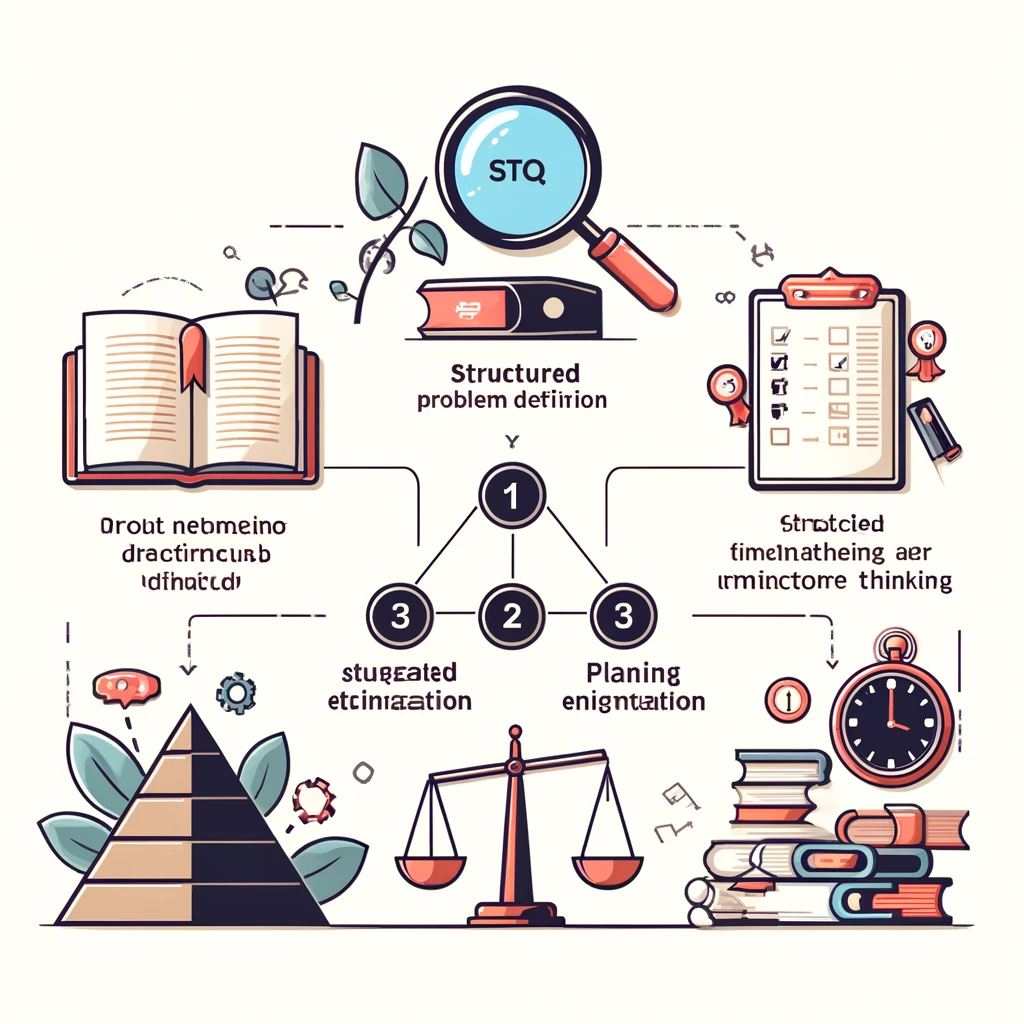AWS CloudFormation - Automating Cloud Infrastructure

In the rapidly evolving world of cloud computing, the ability to automate and manage infrastructure efficiently is paramount. AWS CloudFormation is a powerful tool designed to help developers and IT professionals automate the setup and management of Amazon Web Services resources. This blog post explores AWS CloudFormation, its features, benefits, and how to get started with creating and managing cloud infrastructure as code.
What is AWS CloudFormation?
AWS CloudFormation is a service that gives developers and businesses an easy way to create a collection of related AWS and third-party resources, provision them quickly and consistently, and manage them throughout their lifecycle by treating infrastructure as code. It allows users to define and provision AWS infrastructure using a declarative template format, which can be written in JSON or YAML.
Key Features of AWS CloudFormation
-
Templates: CloudFormation uses templates, which are formatted text files, to model and set up AWS resources. These templates describe the resources and any associated dependencies or runtime parameters required to run your application.
-
Stacks: A stack is a collection of AWS resources that you can manage as a single unit. All the resources in a stack are defined by the stack's AWS CloudFormation template. CloudFormation creates, updates, or deletes the collection of resources by creating, updating, or deleting stacks.
-
Change Sets: Before making changes to your resources, you can use change sets to see how those changes might impact your existing resources. Change sets give you a preview of what will happen, which helps in managing updates more predictably.
-
Declarative Programming: Unlike scripting, CloudFormation allows you to use declarative programming, where you describe the desired state of your infrastructure, and the service takes care of how to achieve that state.
Benefits of Using AWS CloudFormation
-
Consistency and Reproducibility: It ensures that your infrastructure deployments are repeatable and predictable. You can replicate your AWS environment quickly and easily by using the same template across different regions or accounts.
-
Safety and Control: Change sets, rollback triggers, and detailed logs provide control over your infrastructure and protect against unintended changes that could lead to faults.
-
DevOps Integration: AWS CloudFormation fits perfectly into DevOps methodologies, supporting automated testing and integration, and continuous delivery and deployment.
-
Cost Management: By automating resource provisioning, you can avoid manual errors and reduce operational costs. Additionally, templates help in tracking and auditing AWS resources, which aids in budgeting and cost management.
Getting Started with AWS CloudFormation
-
Learn the Basics: Familiarize yourself with the basic concepts of CloudFormation, such as templates, stacks, and change sets.
-
Create Your First Template: Write a simple CloudFormation template in YAML or JSON that defines an AWS resource, such as an Amazon EC2 instance.
-
Use the AWS CloudFormation Console: Deploy your template using the AWS Management Console. This interface provides a user-friendly way to manage templates and stacks.
-
Explore Advanced Features: As you get more comfortable, start exploring more sophisticated template functions, cross-stack references, custom resources, and nested stacks.
-
Integrate with DevOps Tools: Implement CloudFormation into your CI/CD pipeline to automate deployments and updates to your cloud resources.
Conclusion
AWS CloudFormation provides an essential service for anyone looking to automate the provisioning and management of AWS resources efficiently. By using CloudFormation, you can ensure that your cloud infrastructure is as agile and as responsive as the applications running on it. As cloud technologies continue to grow, tools like CloudFormation will be crucial in helping developers and businesses adapt and thrive in the cloud environment. Whether you're just starting out or looking to optimize your existing AWS infrastructure, CloudFormation offers a robust, scalable solution to meet your needs.


